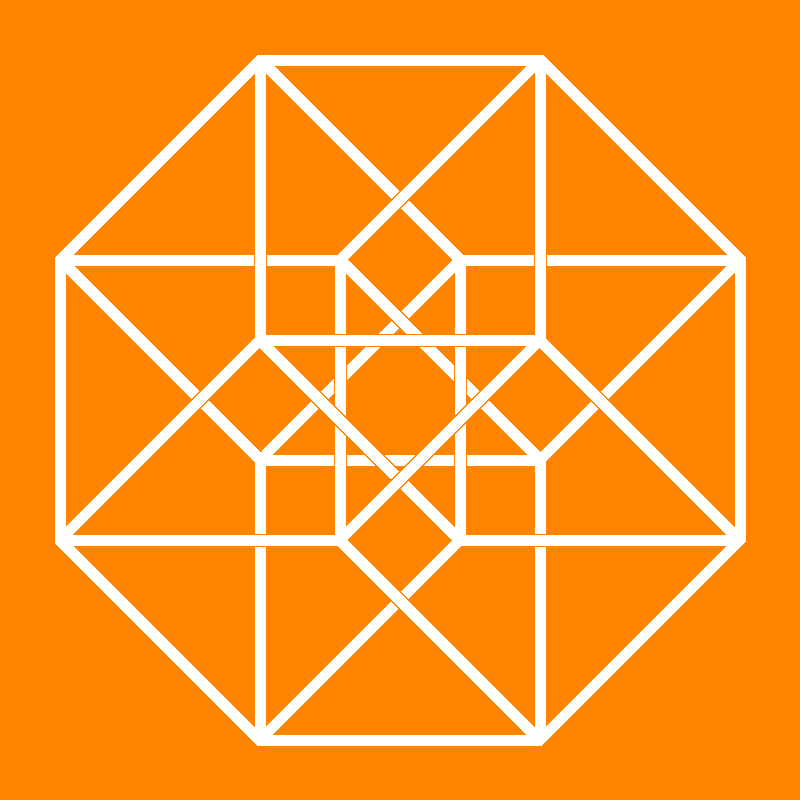
Journal for Geometry and Graphics 27 (2023), No. 2, 207--226
Copyright Heldermann Verlag 2023
Computational Design Framework for Self-Forming Geometry: the Case of Natural Tree Forks
Anton D. Kerezov
Institute of Industrial Science, The University of Tokyo, Tokyo, Japan
ask@ankere.co
Mikio Koshihara
Institute of Industrial Science, The University of Tokyo, Tokyo, Japan
kos@iis.u-tokyo.ac.jp
Tomohiro Tachi
Institute of Industrial Science, The University of Tokyo, Tokyo, Japan
tachi@idea.c.u-tokyo.ac.jp
Utilizing material availability in architecture has become popular. With it, the problem of combining parts with variable geometry became apparent. Existing research defines approaches for regular elements, however, the use of highly irregular material poses new challenges. Therefore, inspired by nature, we propose a framework for material-first design, that creates equilibrated geometry from available raw material. Furthermore, the pieces are not fit to target geometry, but rather the geometry is a function of the pieces. We achieve that through a two-way optimization workflow. First, a dynamic relaxation combines the ordered members in triangular patterns. Next, to guide the solution, designers can specify indirect spatial requirements to be used in the genetic optimization of the first step. For this research, we utilized the currently neglected material of tree forks. While research on tree fork structures exists, none of it has dealt with the topic of reciprocally connecting forked branches into gridshell structures. Moreover, our focus is on generating digital models of the structures and not their fabrication.
Keywords: Roundwood, rigid gridshell, dynamic relaxation, genetic optimization, reciprocal joints, tree forks, availability, architecture, material-informed.
MSC: 68U05; 49Q10, 51M15, 57R05.
[ Fulltext-pdf (20750 KB)]